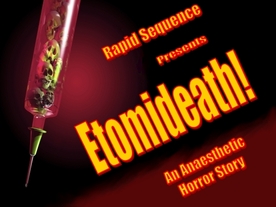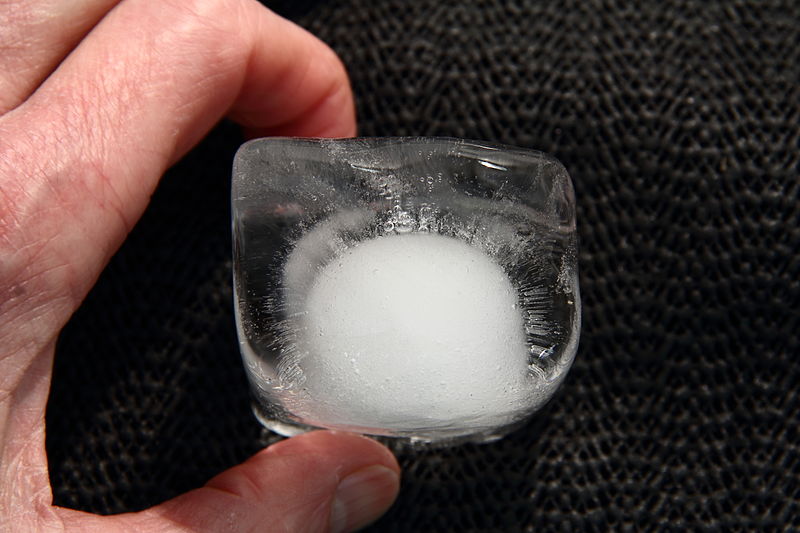
After our recent look at etomidate and its fall from favour as an induction agent, my eye was caught by this recent study on etomidate in the March 2014 publication of Anesthesiology. It primarily caught my attention as it appeared to be trying to look at some of the questions that we had discussed around the last post; namely where do we stand with etomidate in non-septic patients. The evidence of adrenal suppression seems to be there even if the clinical consequences aren’t clear, but most of this examination of clinical effects seem to be focused on the septic patient needing intubation where perhaps this adrenal suppression could be seen as being more problematic. There seem to be (to me at least) a good selection of other clinical scenarios where having a cardiovascularly gentle induction agent might prove advantageous e.g. a multitrauma patient with head injury where ketamine would definitely raise the ICP (little something for you there John), but even brief peri-induction hypotension is bad. In this paper the authors look at the use of etomidate in another group of patient where it might be advantageous; those undergoing cardiac surgery who probably have knackered hearts to start with. Hopefully this preamble is enough to get your interest stoked too whilst we go in for a closer look at the paper. If you haven’t been able to have a look at it for yourself yet then the link is below.





 RSS Feed
RSS Feed
